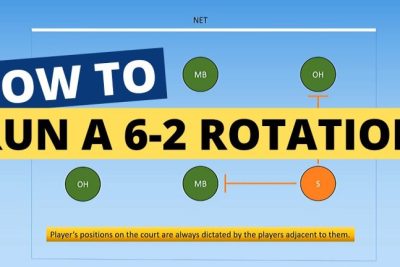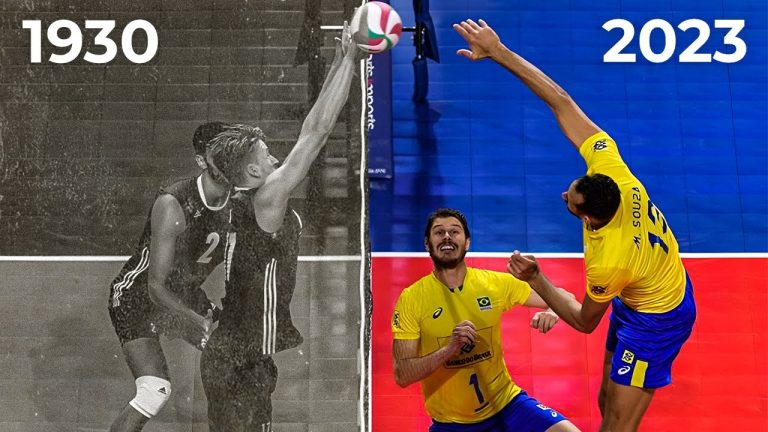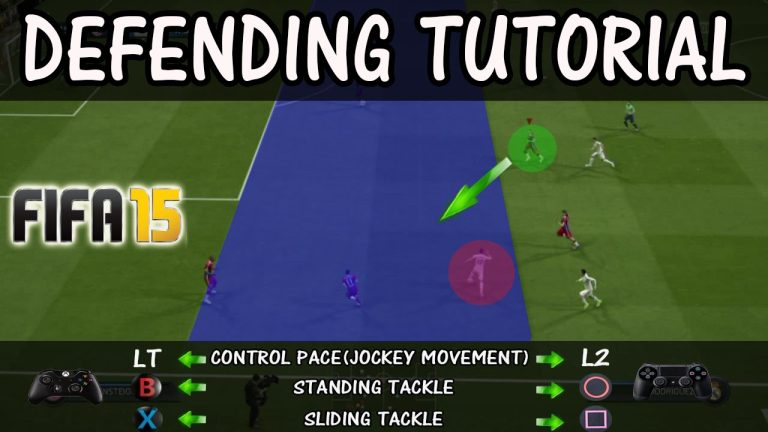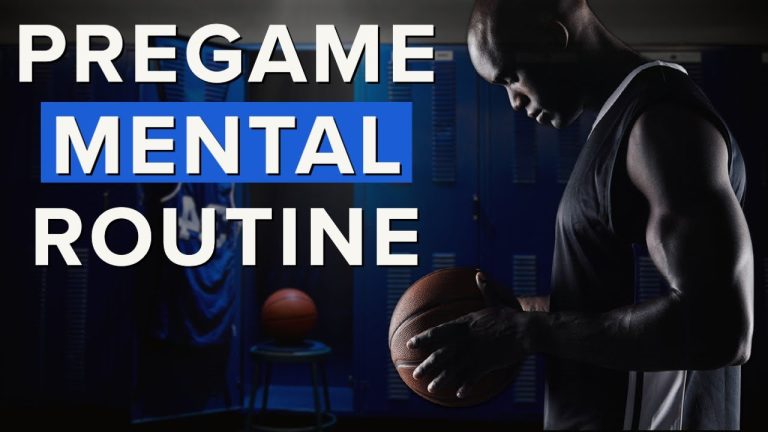
Block positioning in the 6-2 system is a crucial aspect of volleyball strategy that can make or break a team’s defensive efforts. By strategically placing blockers on the court, teams can effectively neutralize their opponents’ attacks and control the flow of the game. In this article, we will delve into the intricacies of block positioning in the 6-2 system, exploring the key principles and techniques that teams employ to optimize their defensive capabilities. Whether you’re a volleyball enthusiast or a player looking to enhance your skills, this article will provide valuable insights into the art of block positioning in the 6-2 system.
What is the comparison between a 5-1 and a 6-2 in volleyball?
In the world of volleyball, the debate between the 5-1 and 6-2 rotations is a constant one. While both have their merits, it ultimately boils down to personal preference and team dynamics. The 5-1 rotation’s hallmark is its consistency. Having a single setter ensures a uniform setting style, which can be crucial in tight matches. With this setup, players can develop a strong rapport and anticipate each other’s moves, leading to a smoother flow of the game. On the other hand, the 6-2 rotation boasts of offensive firepower, with more hitters ready to unleash devastating spikes. This versatility can keep the opposing team on their toes, making it harder for them to defend against multiple attacking options. Ultimately, the decision between a 5-1 and 6-2 rotation should be based on the team’s strengths, playing style, and the specific game situation.
What does the 6-2 formation mean in volleyball?
The 6-2 formation in volleyball is one of the two most commonly used offensive systems. Unlike the 5-1 system, which involves five hitters and one setter throughout all six rotations, the 6-2 system incorporates a total of six hitters and two different setters. The setters are strategically placed depending on their position in the rotation, allowing for a more versatile and dynamic attack. This formation offers teams the flexibility to have multiple setters who can also contribute as hitters, providing a tactical advantage in various game situations.
How many positions exist on a court in a 6-2 rotation?
In a 6-2 rotation on a court, there are six positions available for players to occupy. This type of rotation consists of six players, with two designated as setters and the remaining four as hitters. The setters are responsible for setting up the ball for the hitters, who then attempt to score points by hitting it over the net into the opponent’s court. This rotation allows for flexibility and strategic gameplay, maximizing the team’s offensive capabilities.
The six positions in a 6-2 rotation are typically labeled as follows: two setters, one middle hitter, two outside hitters, and one opposite hitter. The setters are positioned in the back row and act as the primary playmakers, orchestrating the team’s offense. The middle hitter is positioned in the front row and is responsible for blocking and attacking in the center of the net. The outside hitters are positioned on either side of the court, while the opposite hitter is positioned opposite the setter in the front row. This distribution of positions ensures a balanced and effective offensive formation.
Overall, the 6-2 rotation provides teams with a well-rounded and dynamic lineup. With two setters and a variety of hitters, the team can execute various strategies and maintain a strong offensive presence. This rotation maximizes the team’s ability to set up and execute powerful attacks, making it an appealing choice for many volleyball teams.
Demystifying the 6-2 System: Unlocking Advanced Block Positioning Techniques
Demystifying the 6-2 System: Unlocking Advanced Block Positioning Techniques. In the world of volleyball, the 6-2 system has long been revered for its versatility and strategic advantages. By employing six players who rotate between offensive and defensive positions, teams can maximize their attacking potential while maintaining a strong defensive presence. However, mastering this system requires a deep understanding of advanced block positioning techniques. By strategically positioning blockers at the net, teams can effectively shut down opponents’ attacks and create scoring opportunities. Whether it’s a well-executed double block or a cleverly timed single block, these techniques can turn the tide of a game and propel a team to victory. So, let’s demystify the 6-2 system and unlock the secrets of advanced block positioning, empowering teams to reach new heights on the volleyball court.
Maximizing Success with the 6-2 System: Mastering Block Positioning Strategies
Paragraph 1:
Maximizing success in volleyball relies heavily on mastering block positioning strategies. The 6-2 system, in particular, offers a great framework for achieving this goal. By utilizing six players, with two setters who take turns playing in the back row, teams can strategically position their blockers to effectively shut down their opponents’ attacks. This system allows for flexibility and adaptability, making it a valuable tool for teams looking to take their game to the next level.
Paragraph 2:
Key to the success of the 6-2 system is understanding the importance of block positioning. By strategically placing blockers in the right spots, teams can effectively close down the opposing team’s hitting options. For example, by positioning blockers closer to the sideline, they can force the attacker to hit towards the middle, increasing the chances of a successful block. Additionally, aligning blockers to cover specific areas of the court can create a more formidable defense, making it harder for the opponent to find gaps and score points.
Paragraph 3:
To master block positioning strategies within the 6-2 system, teams must prioritize communication and coordination. Clear communication between setters and blockers is crucial to ensure that everyone is aware of their specific roles and responsibilities. This allows for seamless transitions and quick adjustments based on the opponent’s movements. With effective coordination, blockers can move in sync, creating a solid wall that is difficult for attackers to penetrate. By honing these skills, teams can maximize their success and become a formidable force on the volleyball court.
From Novice to Expert: Mastering Block Positioning in the 6-2 System
Paragraph 1:
Mastering block positioning in the 6-2 system is the key to success on the volleyball court. With its unique configuration of six hitters and two setters, this system offers a powerful offensive strategy. However, to effectively execute this system, players must have a deep understanding of proper block positioning. By strategically placing blockers at the net, teams can effectively shut down the opponent’s attacks and gain a competitive edge.
Paragraph 2:
In the 6-2 system, block positioning is all about anticipating the opponent’s attack and adjusting accordingly. The middle blockers play a crucial role, as they are responsible for closing the gap between the outside and opposite hitters. By positioning themselves in the right spot, they can effectively block both line shots and cross-court shots, making it difficult for the opponent to find an open area. Furthermore, the outside blockers must be ready to adjust their positioning based on the setter’s decision, ensuring a solid defensive wall.
Paragraph 3:
To become an expert in block positioning within the 6-2 system, constant communication and teamwork are vital. Players must develop a strong understanding of each other’s strengths and weaknesses, allowing them to make quick adjustments on the court. Effective communication between the setters and blockers is crucial in determining the positioning and timing of the blocks. By working together as a cohesive unit, teams can achieve a higher level of success in executing the 6-2 system and dominating their opponents at the net.
Incorporating block positioning in the 6-2 system is a strategic move that brings a multitude of benefits to a volleyball team. By effectively utilizing six players on the court, this system allows for greater flexibility and offensive options. The ability to seamlessly transition between different formations ensures a well-rounded and dynamic gameplay. With its emphasis on teamwork, communication, and adaptability, the 6-2 system can undoubtedly elevate a team’s performance, making it a valuable tool for success on the volleyball court.







